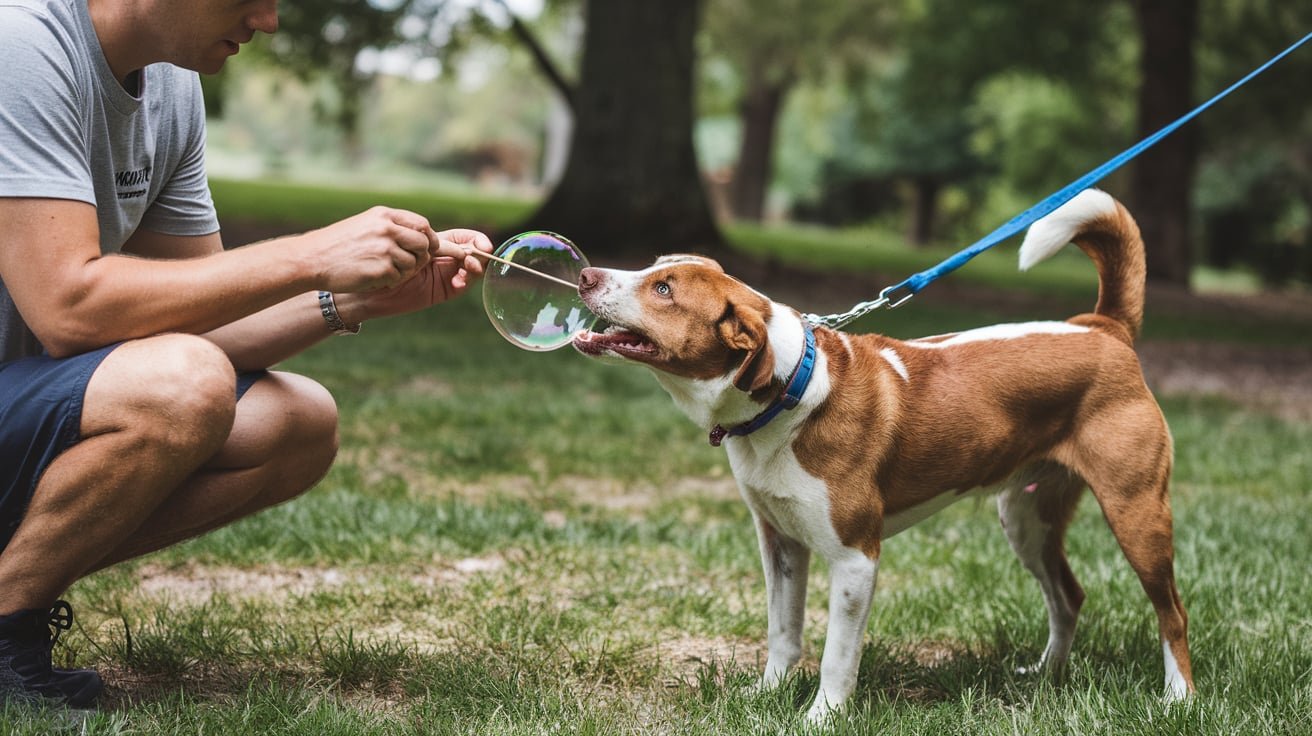Introduction
Does your dog spend time outdoors? In the UK, weather can be unpredictable—cold winters, rainy days, and even heatwaves make it essential to provide your pet with a safe and cozy retreat. An isolated dog house could be the perfect solution to protect your furry friend from the elements.
But, how do you choose the right one? With so many options on the market, it can feel overwhelming. I’ve been there myself. A few years ago, when I was searching for an isolated dog house for my Labrador, Buddy, I quickly realized how important it is to get the right balance of comfort, durability, and insulation.
In this article, I’ll guide you through everything you need to know about choosing an isolated dog house, what features to look for, and how to make your purchase with confidence.
Why Does Your Dog Need an Isolated Dog House?
Dogs, just like humans, need shelter. Even though they have fur, they’re not completely immune to the cold or heat. In the UK, temperatures can drop significantly during the winter, and summer months can sometimes get quite warm. Having an isolated dog house ensures that your pet remains comfortable, dry, and warm no matter what the weather brings.
Anecdote:
When I first got Buddy, I thought a standard dog house would be enough. But after a particularly cold winter, I noticed he would shiver during the night. That’s when I realized the importance of insulation. Ever since I got an insulated dog house, Buddy has been much happier outdoors—even in the colder months.
What Makes a Good Isolated Dog House?
1. Insulation
The primary feature that separates an isolated dog house from a regular one is the insulation. You’ll want to look for houses with double walls, thick panels, or insulated roofs to keep out cold drafts and retain heat inside.
Learn more about dog house insulation.
2. Durability
In the UK, we deal with rain and wind quite often. So, choosing a house made from high-quality materials like wood, plastic, or metal that can withstand the weather is crucial. Opt for waterproof coatings and raised flooring to keep the interior dry.
3. Ventilation
Insulation is important for cold weather, but during the summer, you want to ensure your dog has proper ventilation. Look for adjustable air vents or houses with raised bases for airflow beneath the structure.
4. Size
Make sure the house is the right size for your dog. It should be big enough for them to turn around comfortably but not too big that it loses heat quickly. Measure your dog’s height and length, then check the manufacturer’s size guide.
Step-by-Step Guide: Choosing the Right Isolated Dog House
Now that you know the key features, let’s break it down into a step-by-step guide to make the process easier:
Step 1: Measure Your Dog
Before shopping, measure your dog. Use a tape measure to check their height, length, and width. Add a little extra room to ensure your dog has enough space to move comfortably.
Step 2: Determine Your Budget
Isolated dog houses come in various price ranges. You can get a basic insulated house for as low as £50, but higher-end models with advanced features may cost £200 or more. Set your budget before shopping.
Step 3: Research Material Options
Do some research on different materials. Wood is durable and natural-looking, but it might require more maintenance. Plastic is lightweight and easy to clean, while metal provides strong durability but can get too hot or cold if not insulated properly.
Step 4: Check for Weather Resistance
Make sure the house is equipped for UK weather. Look for features like raised flooring, sloped roofs, and waterproof seals to keep the inside dry and cozy.
Step 5: Find a Reputable Seller
Not all dog houses are created equal. Buying from a trusted brand or retailer ensures you’re getting a product that meets safety standards. For example, shops like Pets at Home or Amazon UK have a variety of isolated dog houses with good customer reviews.
How to Set Up Your Isolated Dog House
Once you’ve chosen the perfect dog house, it’s time to set it up! Here’s how:
- Pick the Right Spot: Choose a location in your garden that’s away from direct wind and rain. It should be on flat ground.
- Assemble the House: Follow the manufacturer’s instructions carefully. Most isolated dog houses are easy to set up with minimal tools.
- Add Some Comfort: Line the inside with bedding or blankets for extra warmth. Consider adding a heated pad during the colder months.
- Maintain It: Check the house regularly for any signs of wear, especially after heavy rain or snow. Clean it at least once a month to keep it fresh.
Convincing Buyers: Why Invest in an Isolated Dog House?
Investing in an isolated dog house is an investment in your dog’s well-being. A well-insulated and durable house will protect them from harsh weather, keep them comfortable, and give you peace of mind knowing they’re safe outdoors.
When I bought Buddy his insulated house, I noticed an immediate difference. He spent more time outside, happily lounging in his little house, no matter the season. Your dog deserves the same.
So, if you’re on the fence about buying an isolated dog house, consider the long-term benefits for your dog’s health and happiness. It’s a small investment that can make a big difference.
Conclusion
An isolated dog house is a fantastic way to protect your dog from the UK’s changing weather. From insulation to durability, there are key features to look out for when choosing the right one. Measure your dog, set a budget, research materials, and shop from reputable sellers to ensure you’re making the right decision. With the right house, your furry friend will stay cozy, dry, and comfortable all year round.
Don’t wait—give your dog the shelter they deserve!



